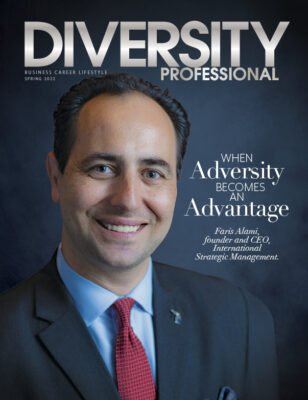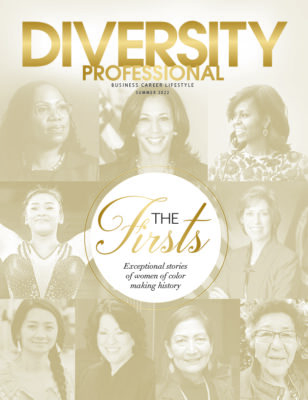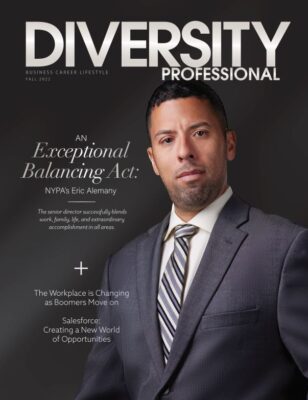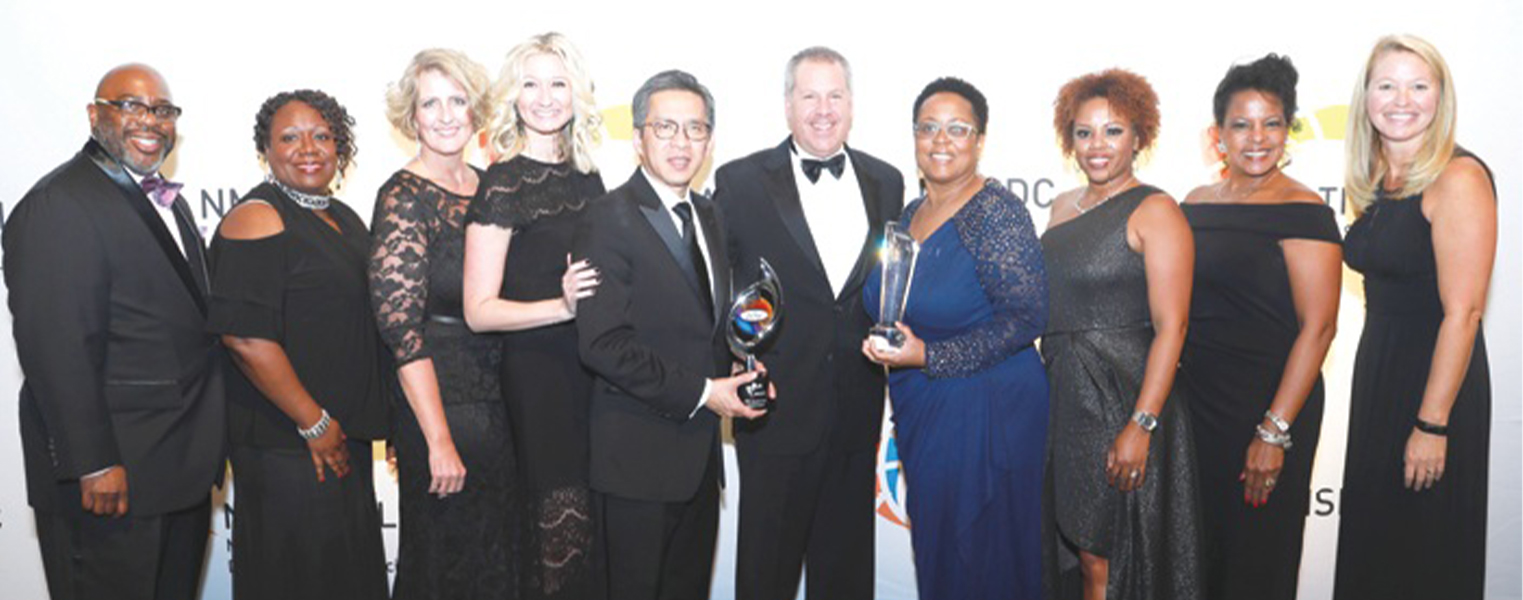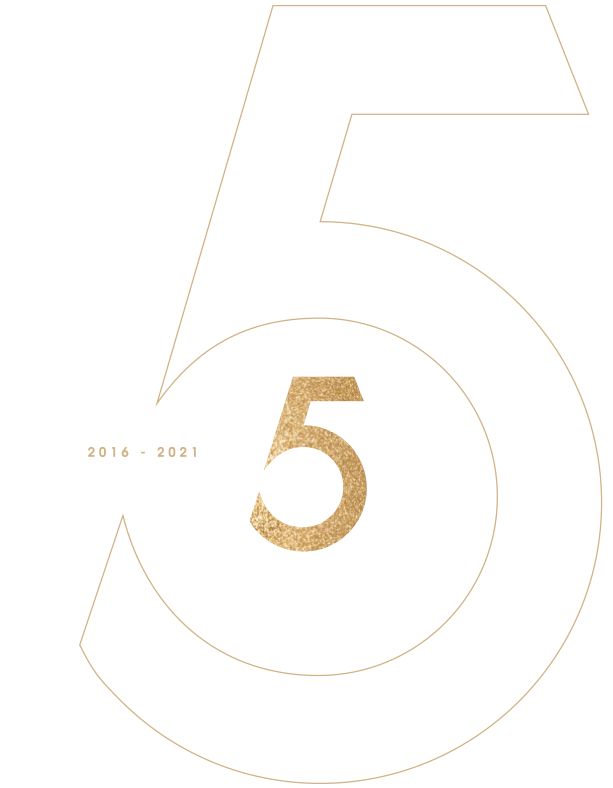Ford Drives Supplier Diversity Progress
The beginning of supplier diversity is traced back to March 5, 1969 when President Nixon signed Executive Order 11458 that required government agencies and their contractors to contract with minority-owned companies and to report the results against pre-established goals. The Ford Motor Company legacy was already approaching one year old when that order was signed. Ford and other original equipment manufacturers had launched The Inner-City Supplier Development program in 1968 as a social initiative for minority suppliers.
From that civic-minded beginning 50 years ago, Ford has grown their program in dollars and in many types of support. I sat down with Angela Henderson, head of Supplier Diversity Development, and Stephanie A. Williams, manager, Supplier Diversity Development to find out some of the secret sauce in Ford’s success.
The Ford dollars are impressive. It took eight years to reach a cumulative spend of $10 million with Tier 1 suppliers in 1976. Over the next 10 years, Ford’s tally rose to $400 million in Tier 1 spend. By the end of 1997, that total was $2.2 billion and as of year-end 2017, more than $110 billion has been spent with Tier 1 suppliers since the program’s inception.
“The level of responsibility that comes with maintaining our leadership position is not something we take lightly,” says Henderson. “Our team is small but mighty and we ensure we are not only actively seeking new diverse businesses, but also finding growth opportunities for current diverse suppliers.”
Ford’s executive- and senior-level managers are actively involved in the development of programs from advocacy groups such as the Michigan Hispanic Chamber of Commerce and other certifying bodies for minority-, women-, and veteran-owned businesses.
One of Ford’s core values is that the freedom to move drives human progress. Henderson confirms the supplier diversity initiatives at Ford align with that value. “We conducted an economic impact study this year,” she explains. “We learned that our purchases with minority suppliers alone supported over 20,000 jobs and over $1 billion in income for the suppliers across the United States. The total diverse spend contribution had a total GDP [Gross Domestic Product] impact of over $16 billion to the U.S. economy.”
Williams noted that the Tier 2 and partnership work has provided high returns. “Ford works with large Tier 1 suppliers to form joint ventures and partnerships with other diverse-owned businesses,” she notes. “Those businesses have developed into profitable businesses in the commodities where they were formed, which in turn provides additional spend and supports the spirit of our initiatives.”
Williams suggests that other companies seeking to grow their program look at their best diverse-owned suppliers. “The competitive, quality driven, innovative diverse-owned companies can be developed and scaled to meet the current or evolving needs of their customers, like Ford,” Williams explains.
In addition, Henderson and Williams suggest developing internal ambassadors for the program. People at every level of the organization are potential supplier diversity advocates. Present continuous opportunities for internal customers to meet and have access to diverse-owned businesses. The more advocates you have, the more suppliers will be utilized, and procurement will be requested to find potential suppliers for projects.
Finally, always drive continuous improvement in your program. It may sound cliché, but it really works. If you aren’t looking for ways to improve your program, you are leaving money on the table. Benchmarking and supplier relationship management keeps fresh ideas coming from all suppliers and helps keep your Tier 2 program on track.
Ford has a long, impressive legacy of supplier diversity, but they maintain their vigilance in finding the next idea and the next participant in their existing initiatives, that makes them such a success story.

